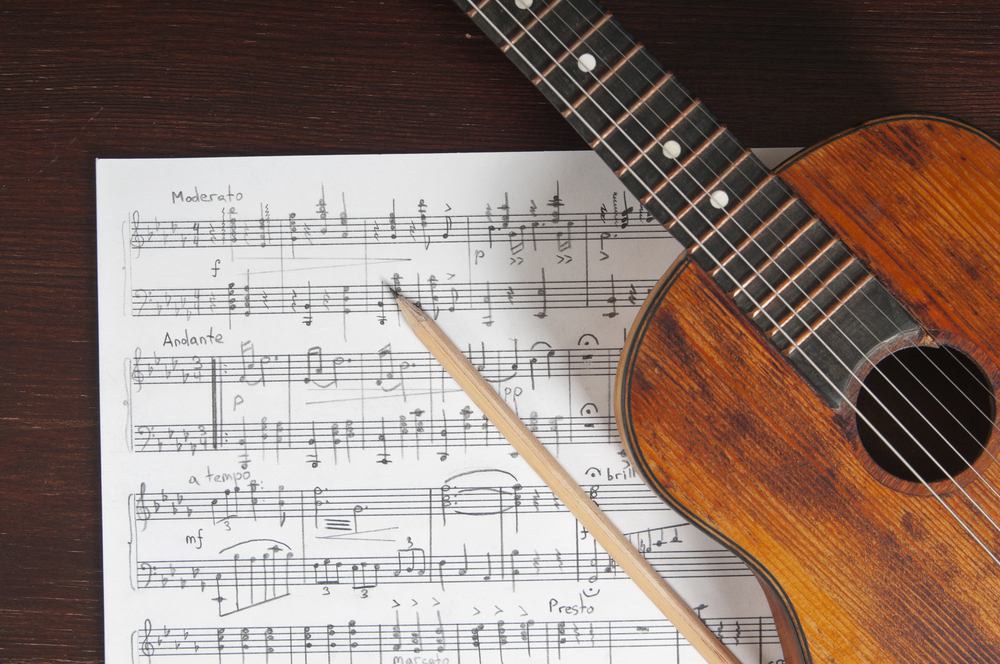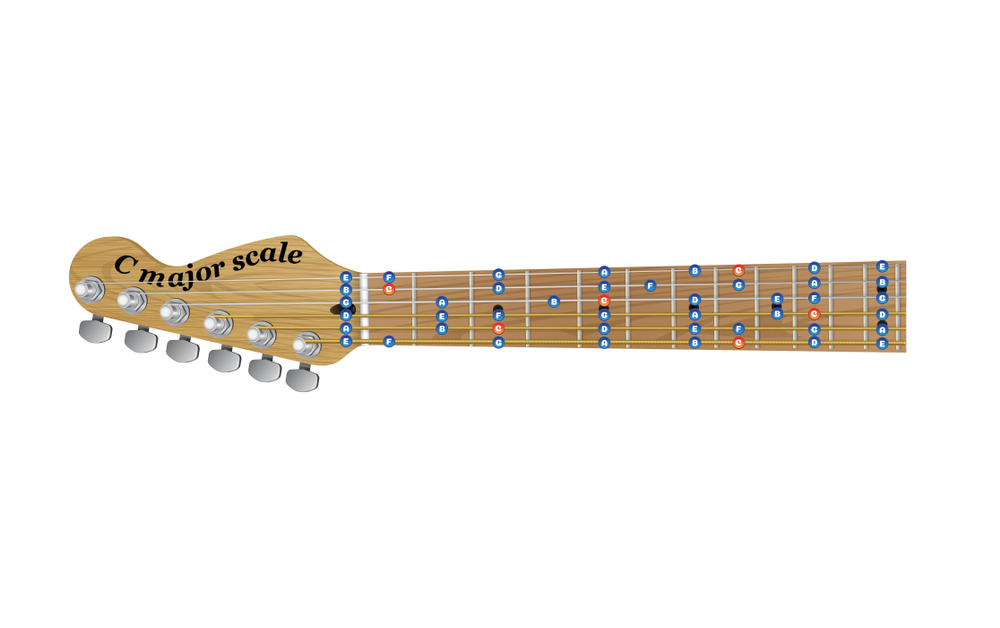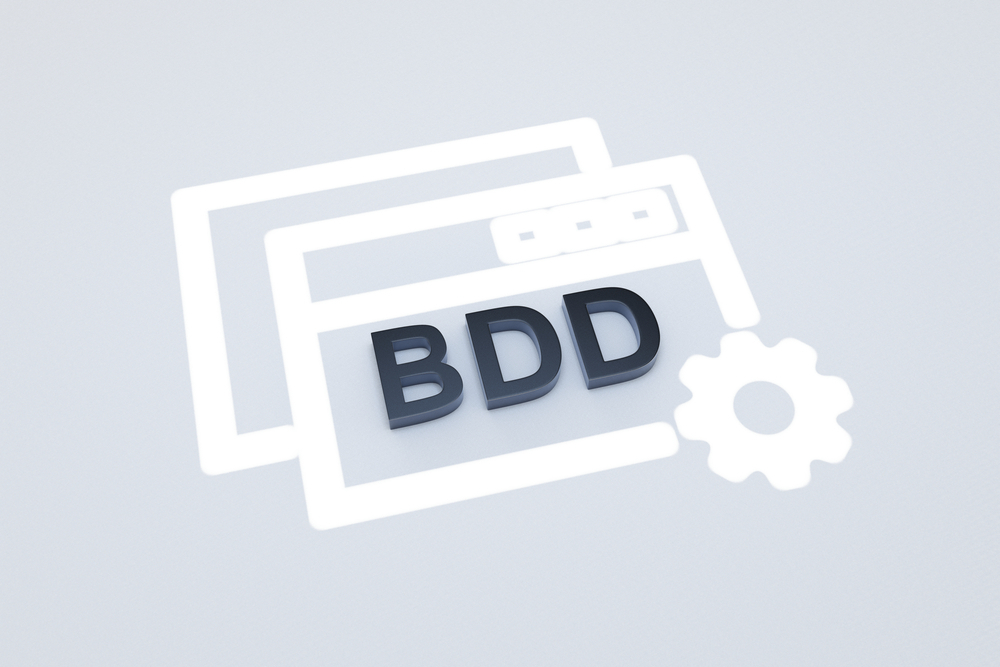Nowadays, rapid growth of technology makes life more convenient, development of e-book and other new technology such as Nook Color as well as Push Pop Press book are good examples. This paper will take a look at differences among three kinds of book, traditional books, common versions of e-books and the recently advance Push Pop Press books in data structures point of view. The paper will be focused on what data they contain, how data are stored, organized and manipulated, which operations can be performed, how efficient they are.
Although emerging of electronic books, traditional books still play important role and durable exist in our life. The main purpose of traditional book is to store and transmit knowledge by reading. Each published traditional book has static content, and limited of interaction. Content of these book are text and images only. Different books have different physical appearances. Sometimes, several books have simple interaction such as fairy tale book for children which have 3D models when opened but it is not significant.
E-books bring new era of books and new thought about books. Besides of same functions as traditional books, appearance of eBooks can be changed by applying new fonts, new layouts, and new colors, by zooming in and out… With eBooks, sharing becomes much easier. Searching throughout the book is faster and more convenient. But still, common versions of have book only contains text and images. Reading is still the merely way to get the information from eBooks.
Note that we are talking about common version of eBooks so their basic characteristics are mentioned above. However, advance technology such as those in Kindle and Nook should be different. Common version eBook does not have so many interaction methods as advance eBook like Nook Color. With Nook Color, people can use touch screen to interact with books, people can use virtual keyboard to type in notes. Common version eBooks does not have audio but Kindle and Nook does. Moreover, such advance eBooks technologies assist better reading experience by faster bookmarking, sharing common bookmarks and looking up vocabulary definition just in seconds.
With recent technology appeared in new devices such as kindle, Nook Color, and especially Push Pop Press books, a book is totally different. Not only text and image but other type of information such as videos and audio, geographic location, intractable animations… are included. Multimedia contents bring new way of getting knowledge, e.g. not only reading but also watching, listening and interacting. They provide even more interactive, not only touch screen but also other sensor and input devices such as GPS, microphone (in the TED talk example, when Mike Matas blew to the iPad, he actually affected the iPad microphone). In the near future, other sensors such as accelerometer, proximity sensor… may be taken into consideration. Book content is now not static any more but dynamic by interaction, each element in the book become lively object such that you can “play” with them and feel more about the knowledge (data) contains in the book.
Later version of book inherits from previous one. Common eBooks have same content (text, images) as traditional books but visualization can be easily changed. Quick searching function and easy sharing are integrated. Buying an e-book is easier with internet, wireless, 3G. Advanced book like Push Pop Press book takes advantage of common version of eBooks and include more types of content in it, makes the content more dynamic by interaction, and provides more methods to understand content such as listening to audio, watching movies, interacting with content objects. Ability to adapt, synchronize on multi devices such as iPad, iPhone, computer… is other advantage of recent eBooks over traditional books.
In data structure point of view, traditional books, common version of eBooks, advance eBook such as Push Pop Press books are all data structures because they are methods to store data (knowledge), and provide operations for efficient retrieving data as well as manipulating data. Basic data contained in those books are text, images. They have pages, table of contents as pointer to data location. Advanced electronic books have been opening new views about books. They bring multimedia data such as video and audio into place. They provide more efficient methods to retrieve, transfer, and share information from the books (by reading, by interaction, by listening, by watching, by sharing, bookmarking, searching…).
In conclusion
More advances “book data structure” comes with more efficiency, flexibility, availability, usability, performance, and functionality.




